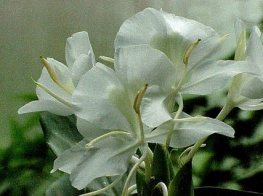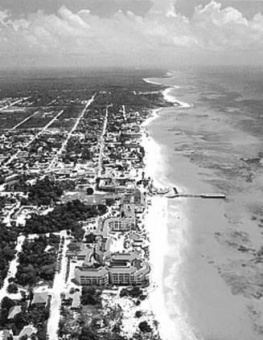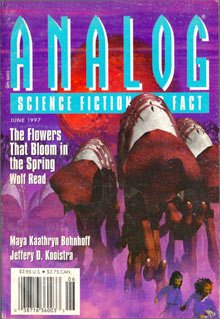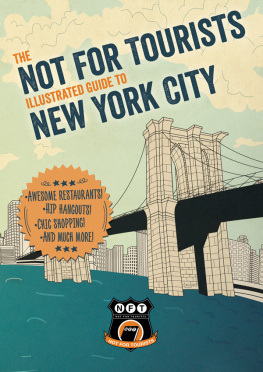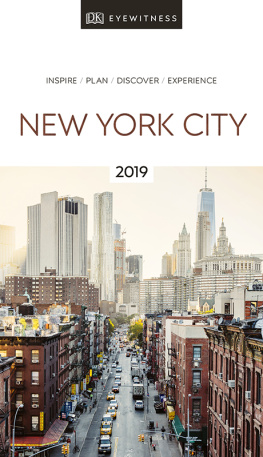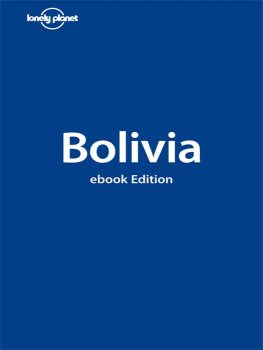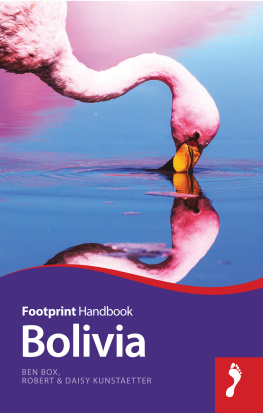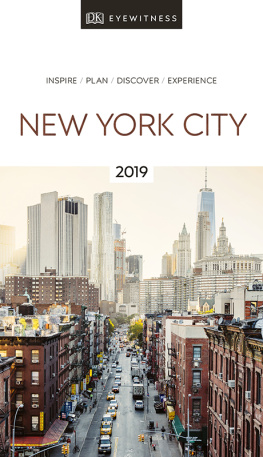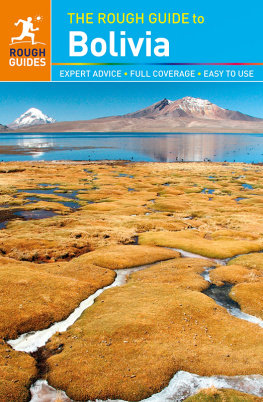Vivien Lougheed - La Paz Bolivia & Beyond
Here you can read online Vivien Lougheed - La Paz Bolivia & Beyond full text of the book (entire story) in english for free. Download pdf and epub, get meaning, cover and reviews about this ebook. year: 2012, publisher: Hunter Publishing, Inc., genre: Home and family. Description of the work, (preface) as well as reviews are available. Best literature library LitArk.com created for fans of good reading and offers a wide selection of genres:
Romance novel
Science fiction
Adventure
Detective
Science
History
Home and family
Prose
Art
Politics
Computer
Non-fiction
Religion
Business
Children
Humor
Choose a favorite category and find really read worthwhile books. Enjoy immersion in the world of imagination, feel the emotions of the characters or learn something new for yourself, make an fascinating discovery.
- Book:La Paz Bolivia & Beyond
- Author:
- Publisher:Hunter Publishing, Inc.
- Genre:
- Year:2012
- Rating:4 / 5
- Favourites:Add to favourites
- Your mark:
La Paz Bolivia & Beyond: summary, description and annotation
We offer to read an annotation, description, summary or preface (depends on what the author of the book "La Paz Bolivia & Beyond" wrote himself). If you haven't found the necessary information about the book — write in the comments, we will try to find it.
This guide is based on our much larger (530-page) guide to Bolivia. Here we zero in on La Paz, the capital, and all of the nearby attractions. La Paz is not a big city on the world scale, but it is certainly one of the more interesting ones. Built in a bowl created by the Choqueyapu River, the upper parts of the city stand 1,645 ft/500 m above the lower sections. Unlike any other city in the world, the richer neighborhoods are located at the lower levels. This is partly due to the fact that it is warmer and easier to breathe at the lower altitudes. Also, the pinnacles and spires of conglomerate rock and clay that have been sculptured by wind and water make a dramatic backdrop for those living below them. The higher up the bowl one goes, the more unstable the land becomes and the more likely a landslide will occur. The plazas, squares and Prado are well kept in La Paz and even in the depth of winter plants are tended to help make the city attractive. Street cleaners are out every day and local merchants regularly wash the area in front of their shops. On a clear day, Mount Illimani, a snow-covered monolith, can be seen as a sentry towering over the city. Valley of the Moon is six miles/10 km from the center of La Paz and can be reached by joining a tour or by taking micro bus #11 or minibus #231 or 273 to Mallasilla. The hillside features a maze of clay canyons and pinnacles that have been sculpted by wind and rain. Narrow trails through the landscape take about an hour to walk. There is also a cactus park just before the entrance. The park overlooks a gorge and has paths leading around numerous types of cacti. As you continue up the road you will come to Parque National Mallasa with its bird observatory and, across the road, the zoo area. The road passes under natural stone bridges and past Chulpanis Red Hill. There is no mistaking which hill this is. From Mallasa one can see across the river to the highest golf course in the world. Devils Tooth or Muela del Diablo is a huge volcanic plug sticking out of the landscape to a height of 13,000 ft/3,950 m. Several trails go to the right; follow the one that obviously leads to the village. From there, go to the left for .3 miles (about half a kilometer), to the foot of the rock. Climbers are occasionally found on the east face. Canyon de Palca, or Valle de Animas, is a deep canyon that was carved by the Rio Palca centuries ago. To get there, take a bus going to Huni from Plaza Belzu on Avenida Mexico in San Pedro. There are huge pinnacles and wind-carved conglomerates. The trail continues along the bottom of the canyon to a natural obelisk. Just past the obelisk is a rock that has the appearance of a human hiding in a cave. The rock is called the hermit of the canyon. Continue along the canyon to its end and climb to your left up to the village of Palca. This is a long day-hike. All of the detailed information you need is here about the hotels, restaurants, shopping, sightseeing. But we also lead you to new discoveries, turning corners you havent turned before, helping you to interact with the world in new ways. Thats what makes our Adventure Guides unique. An excellent addition to the Adventure Guide series, packed with detail, from where to stay and eat, to where to shop for local crafts and how to enjoy historic sites. This guide surveys the wildlife and outdoor opportunities of the country, which range from tropical jungle to high plains deserts. Hiking and viewing opportunities blend with cultural insights. Highly recommended.
The Midwest Book Review.
Vivien Lougheed: author's other books
Who wrote La Paz Bolivia & Beyond? Find out the surname, the name of the author of the book and a list of all author's works by series.



